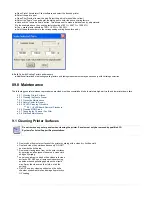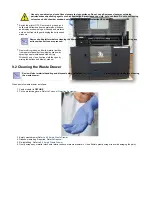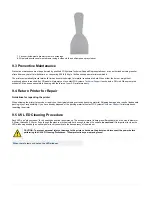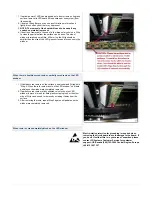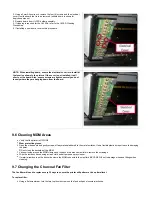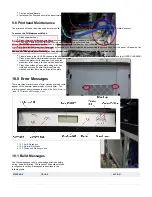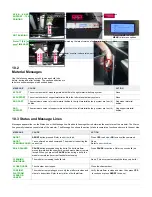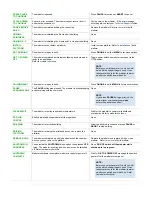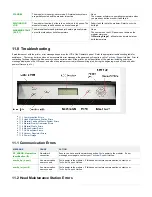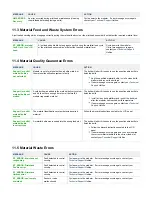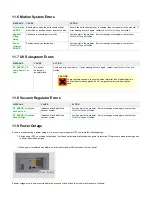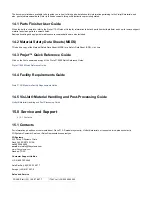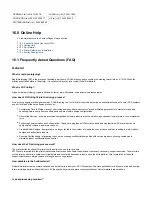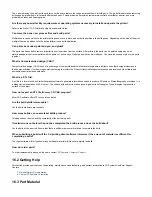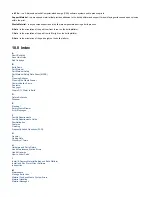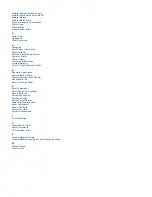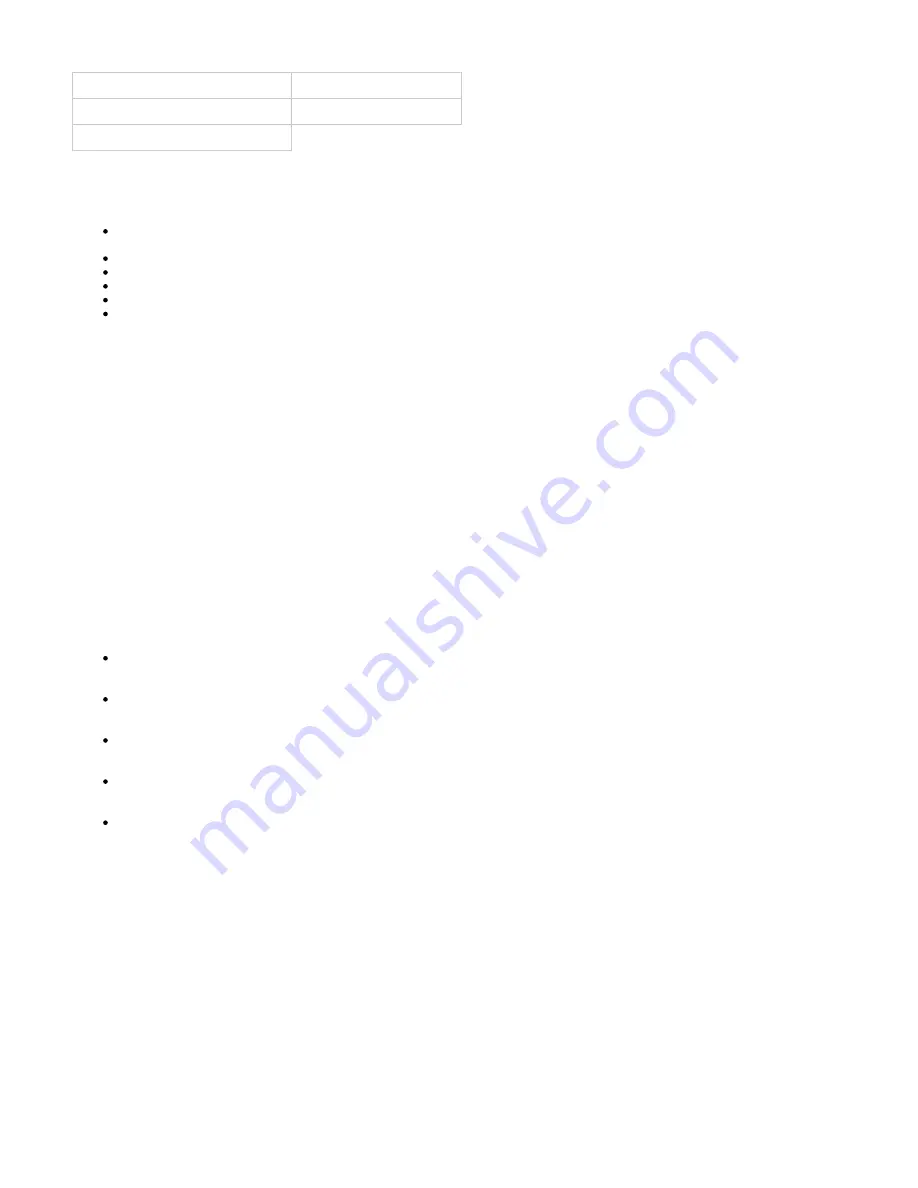
GERMANY tel (+49) 6151 357-0
JAPAN tel (+81) 3 5451-1690
HONG KONG tel (+852) 29 23 50 77
UK tel (+44) 1442 282 600
SWITZERLAND tel (+41) 26 439 95 90
16.0 Online Help
Find Help topics on the Content Pages of each section.
16.1 Frequently Asked Questions (FAQ)
16.2 Getting Help
16.3 Part Material
16.4 Printer Hardware and Installation
16.5 Facility Requirements
16.1 Frequently Asked Questions (FAQ)
General
What is rapid prototyping?
Rapid prototyping (RP) is the process of building a part from a 3D Cad drawing and converting the drawing format into an .STL file. When the
printing event takes place in the printer, it is constructed layer by layer using VisiJet® materials.
What is 3D Printing?
A type of rapid prototyping, typically defined by faster, more affordable, and easier-to-use technologies.
How does 3D Printing fit into the design process?
For a growing segment of designers using 3D CAD drawing, the ProJet Printer is quickly becoming an essential extension of overall CAD systems
and a critical part of the entire design process by:
Accelerating Time to Market - through shortening design and development cycles and ultimately get products to market more quickly
enabling users to easily fine tune design and explore multiple design configurations.
Generating Savings - by helping companies significantly lower production costs and reducing expensive revisions late in the development
cycle.
Enhancing Communication and Collaboration - through bringing ideas off flat screens and producing functional 3D prints that can be
easily shared, critiqued, and improved upon.
Creating Better Designs - designers are no longer limited to the number of models they can produce and test, resulting in more creative
designs and better final products.
Ensuring Confidentiality - eliminating the need to exchange confidential design files with service providers, allowing companies to
maintain product confidentiality and control.
How does the 3D printing process work?
The printer builds functional 3D prints from the bottom up, one layer at a time.
STL files are imported into the printer that automatically slices and orients the parts and creates any necessary support structures. The materials
are fed into the printer in a heated semi-liquid state and accurately deposited in layers upon the build platform. After completion of the build,
support structures are simply removed through a post curing process.
How durable are the build material?
VisiJet® materials create accurate, detailed, and durable prints from your 3-D CAD designs. Popular applications include concept models, casting
forms, prototype parts, and specialty tools. All the specific physical and process characteristics of VisiJet materials are detailed in
Is post-processing required?
Содержание ProJet 5000
Страница 34: ...This view point button is a back two dimensional viewpoint Bottom View ...
Страница 36: ...A bounding box for a set of objects is a cuboid that completely contains the set Copy ...
Страница 39: ...Use the de select all triangles to de select the triangular facets on parts Display Support Creation Surface ...
Страница 41: ...This view point button is a front two dimensional viewpoint Help Topics ...
Страница 45: ...This view point button is a right two dimensional viewpoint Rotate ...
Страница 52: ...View selected parts enlarges the selected parts until they fill the viewing area Shaded Display ...
Страница 56: ...Click the undo icon to bring part back to its previous state after changes have been made Undo Zoom ...
Страница 60: ...Using a wire frame allows visualization of the underlying design structure of a part Zoom ...

